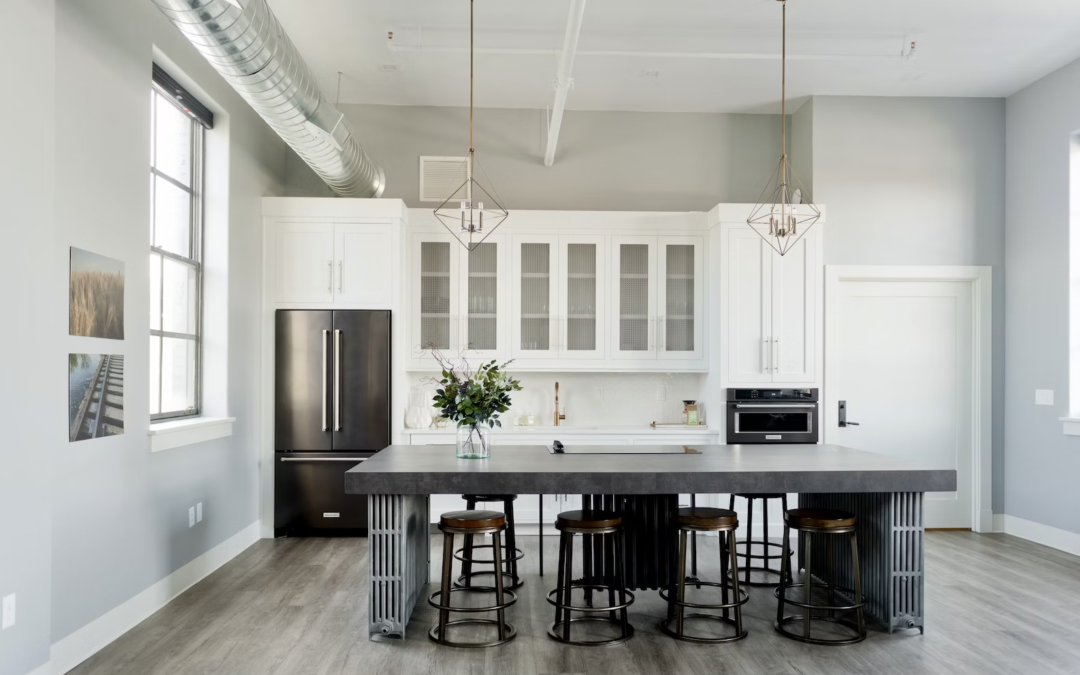As homeowners seek to create more efficient and functional kitchen spaces, relocating the sink drain and water lines becomes a crucial aspect of remodeling projects. By strategically relocating these components, homeowners can optimize kitchen layouts and enhance usability. In this blog, we will explore practical tips for efficiently relocating a kitchen sink drain and water lines to achieve a well-designed and highly functional kitchen space.
- Assess Your Kitchen Workflow: Before relocating the sink drain and water lines, carefully assess your kitchen workflow. Consider how you use the sink, prep area, and other kitchen features. Identify pain points and areas that could be improved through relocation.
- Optimize Sink Placement: Relocate the sink to a central and convenient location in the kitchen. Position it to allow easy access to other kitchen elements, such as the stove and refrigerator. A well-placed sink streamlines kitchen tasks and creates a more efficient work triangle.
- Utilize Flexible Water Lines: Consider using flexible water lines for the sink’s relocation. These versatile lines are easy to work with and can accommodate changes in layout without the need for extensive pipe alterations.
- Choose the Right Materials: Select high-quality materials for the new drain and water lines. Opt for durable PVC pipes and stainless steel or braided flexible water lines that are less prone to leaks and corrosion.
- Add Additional Water Outlets: If you’re expanding your kitchen space or adding new features like a kitchen island, consider adding extra water outlets. These additional water lines can serve multiple purposes, such as connecting to a beverage center or pot filler faucet.
- Insulate Pipes Properly: Ensure that the relocated pipes are adequately insulated to prevent heat loss and minimize the risk of freezing during colder months.
- Incorporate Adequate Ventilation: Properly venting the sink drain is essential for efficient drainage. Ensure that the new drain configuration includes an appropriate venting system to prevent blockages and foul odors.
- Seek Professional Guidance: While some kitchen remodeling projects can be DIY-friendly, relocating sink drains and water lines may require professional assistance. Consult with a licensed plumber or kitchen remodeler to ensure that the project is executed correctly and meets plumbing codes and regulations.
Conclusion
Relocating a kitchen sink drain and water lines is a transformative step in optimizing kitchen efficiency and functionality. By thoughtfully planning the new layout, utilizing flexible water lines, and incorporating modern materials, homeowners can achieve a seamless and efficient kitchen space. With attention to detail and, if necessary, the expertise of a professional, the relocation process can lead to a kitchen that not only meets but exceeds expectations in terms of usability and aesthetics.

